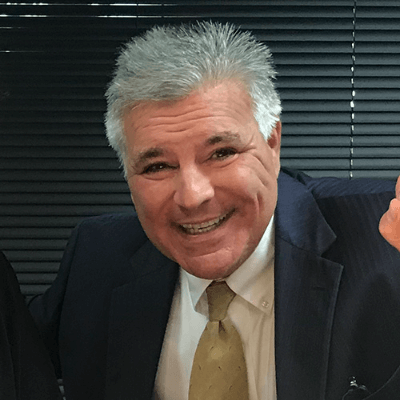May 2025
Advocate Mortgage
The Case for Firing the Fed Chair
The President definitely has the authority to remove the Fed Chair for cause according to Title 12 Section 242 of the US Code. The term “for cause” is used in legal settings to indicate that a decision or action is based on a valid, justifiable reason, rather than being arbitrary or without basis. Humphrey’s Executor case also concluded that an independent agency commissioner cannot be fired arbitrarily but can be fired for cause based on his inefficiency, neglect of duty or malfeasance. In the Humphey’s Executor case the remedy for an arbitrary firing was payment of back pay, not reinstatement. The President, therefore, has the right to remove the Fed Chair. The current Fed Chair could sue for reinstatement or damages but would no longer be Fed Chair.
In the case of Chair Powell, the President clearly has a case to fire him for cause. As Fed Chair, Powell developed the “Transitory” theory of inflation after advocating for higher government spending, which together precipitated the Great Inflation of ’21. While Powell was advocating for his Transitory Theory, PPI was running at over 10% Y/Y, housing prices were surging by over 20% Y/Y and rents were skyrocketing. In addition, the Fed had increased the money supply by over 70%, which will always lead to a surge in inflation due to the Quantity Theory of Money. Chair Powell has asserted that the money supply does not matter, which is clearly not the case as that would imply the Federal government could abolish all taxes. Having a Fed Chair that does not believe that the money supply matters is similar to having a Pope that does not believe in Jesus. In fact, the Quantity Theory of Inflation was proven to be perfectly accurate as the 60% net increase in the money supply during a period where nominal GDP grew by 38% resulting in 22% inflation, which is exactly what the Quantity Theory of Money predicts.
The current Fed policy framework is very dangerous and needs to be reformed. Specifically, it slavishly follows an index that trails real time market inflation by two years, resulting in the Fed being constantly behind the curve. In addition, the Fed’s arbitrary 2% target has been proven to be too low as it precipitated the Great Financial Crisis.
The Fed should adopt a more flexible target range of 2-3% and modernize CPI/PCE to ensure real time pricing of inflation. It should also adopt an unemployment target range to balance out its stated dual mandate. Finally, it should adopt a more free market approach of targeting steady growth of the money supply in line with nominal GDP growth and letting the Fed Funds rate float within a larger band based on market conditions. The new Fed Chair should be nominated that is committed to modifying the current dangerous policy framework.
The timing of firing the Fed Chair is important as the Tariff War has destabilized the US stock and bond markets. The President should consider waiting to terminate the Fed Chair until substantial trade deals have been negotiated and there is progress on passing the tax bill. If the President were to immediately fire the Chair, the S&P would most likely drop 200-300 points and long-term bond yields would surge 30-40bp.
The initial reaction would likely be irrational as a competent Fed Chair would likely steer a course of steady rate cuts that would avoid an imminent recession caused by ultra-tight monetary policy. We estimate that the neutral rate on the Fed Funds is in the 3% range vs. today’s 4.3% rate. The Fed is currently reducing the money supply by over $40 billion Y/Y in order to maintain the Fed Funds rate well above the market rate. A normal increase would be $300 billion per year representing a 5% increase in the money supply which is in line with nominal GDP growth.
Inflation fears are ill-founded as PCE is likely to come in at 2.5% Y/Y at the end of this month and when corrected for the delayed Shelter component (“PCE-R” www.infracapfunds.com) is below the Fed’s arbitrary low 2% target. Tariffs are not relevant to the economic definition of inflation, which is ongoing increases in inflation. Tariffs should be analyzed as sales taxes with the one time increase in price taken out of the sustainable inflation number and the negative impact on consumer spending accounted for as recessionary at the margin. In addition, the increase in prices due to tariffs will be offset by the recent 15% decrease in energy prices.

